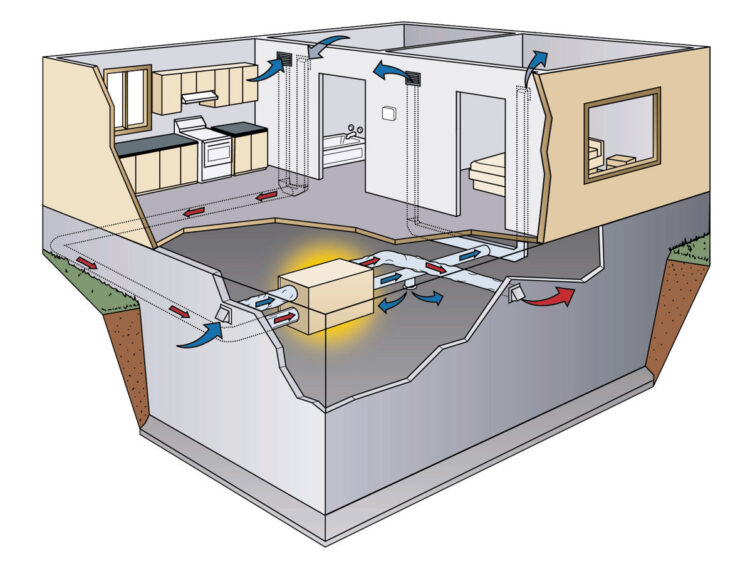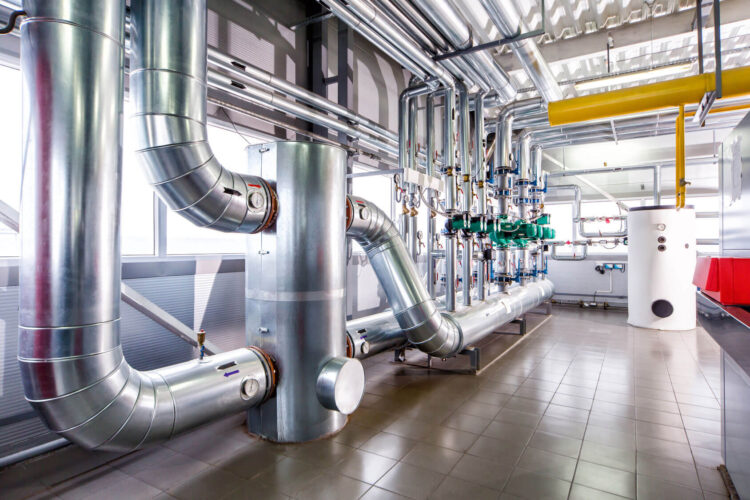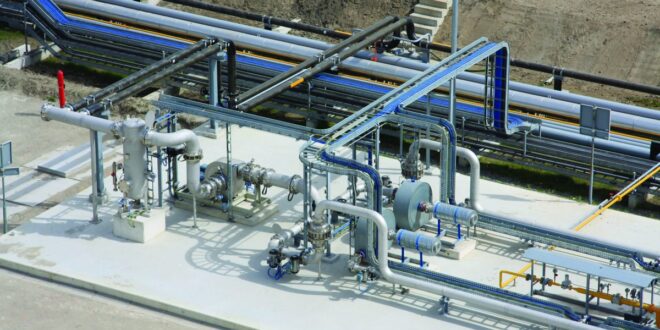Creating ultra-efficient and new renewable energy tech is not only about harnessing the wind or sun and feeding it to our office buildings, homes, industries, and facilities. Making the most out of heat recovery systems also helps reduce the impact on our environment and atmosphere, and that also includes the amount of heat we lost in the environment daily.
Heat recovery system work by drawing valuable warm air or water at a property and getting it to work for us. If there is not technology like heat recovery, the air that circulates around an office becomes stale and it is replaced by colder air that is warmed up by the ventilation system. So, what happens to that stale, warm air? Well, it simply gets expelled and wasted into the atmosphere. The heat recovery systems do not replace the need for boilers or other technologies to heat radiators, but it does help them work efficiently by reusing the warm air which ensures that you get the most out of it.
Heat Recovery Systems For Homes

As you already know, all buildings require ventilation during a whole year, both for the health of the people living in those homes and for the integrity of the home itself. Most houses are ventilated by opening windows and doors, but, this is quite inefficient because there is heat loss, and there is a potential security risk.
Most small and domestic scale heat recovery systems come in a mechanical ventilation heat recovery system or MVHR for short. For domestic buildings, a heat recovery system can help save energy bills and with keeping the household warm during winter months. It is easier for us to make out houses cooler by simply opening a window and allowing warm air to escape to the environment. But, with an implemented ventilation system, you can always get warm, fresh air circulating through your home.
According to the experts from exodraft-waermerueckgewinnung.de, these systems work by a ventilation system that is positioned on the top of a building. They work independently of your normal heating units. In every room, there are ventilation ducts with filters that feed the air in and out of the building, all leading to the heat exchanger on the top. The heat exchangers are the brain of the entire system, moving the stale, warm air through small pipes while drawing in cool air from the outside ducts. These flow past each other, without mixing, however, the heat is drawn for the stale air to the cold air, which is then fed back into the room.
Heat Recovery Systems For Industries

The only differences between domestic and industrial heat recovery systems are the size and complexity of the systems. The technology remains entirely the same, usually incorporating a method like a heat exchange. Unlike households, industrial processes usually create a major heat loss and getting the grips on that wastage can provide enormous benefits for large production businesses and large manufacturing plants.
Conclusion
As you can see, these heat recovery systems will not only lower our electricity bills and keep our homes and facilities warm, but they will also reduce the pollution of our environment. Hence, if you do not have these systems implemented in your home or facilities, do not waste any more time, and start searching for a heat recovery unit that will fit your home’s or facility’s needs.
 Hi Boox Popular Magazine 2024
Hi Boox Popular Magazine 2024



